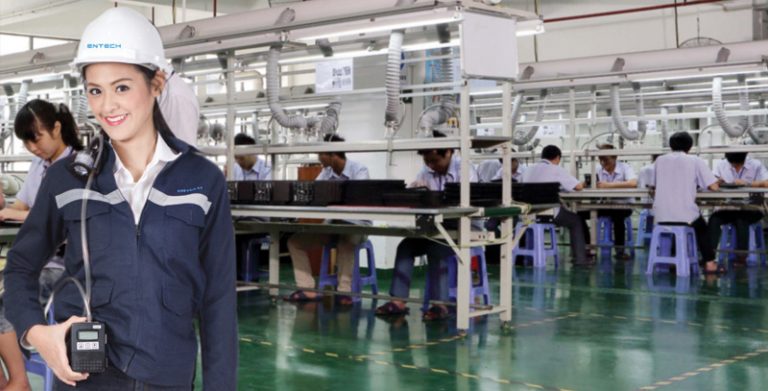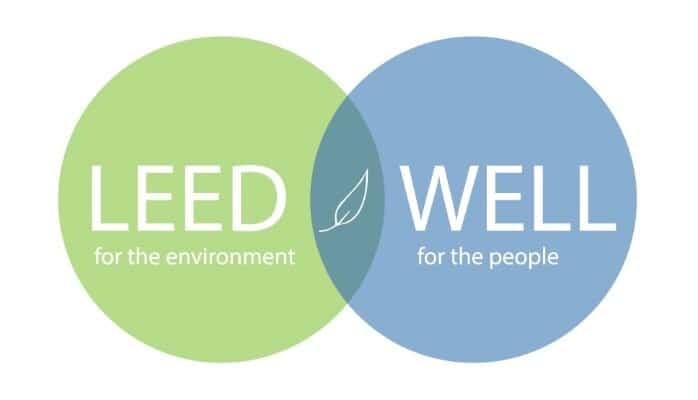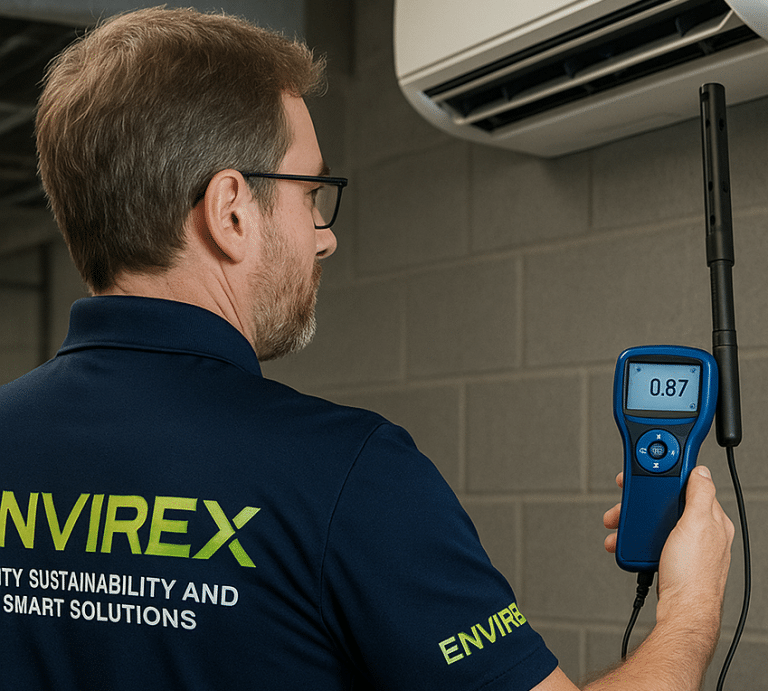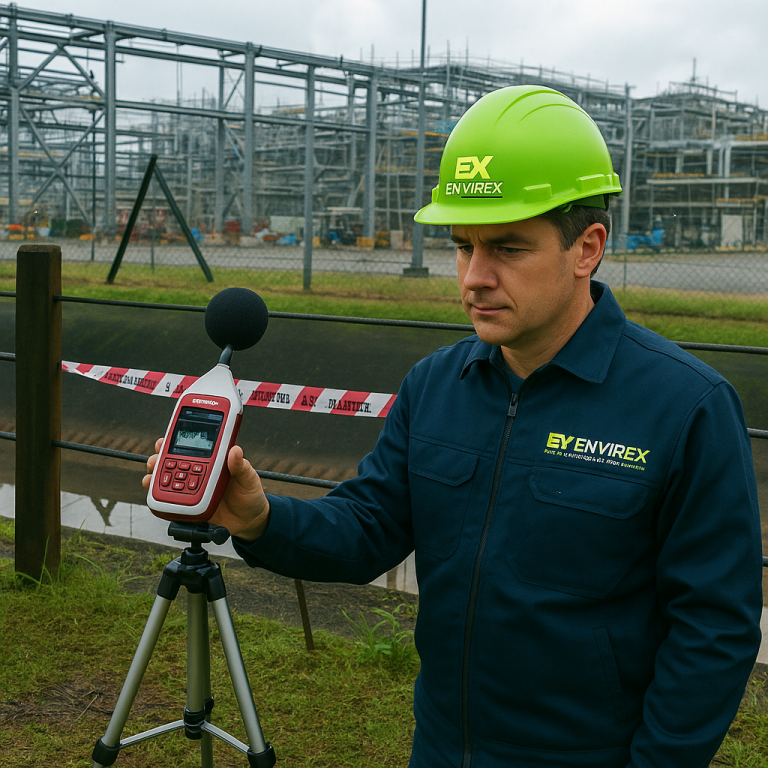In Singapore’s urban landscape, maintaining healthy indoor air quality (IAQ) is essential for the comfort, productivity, and well-being of occupants in offices, schools, hospitals, and residential spaces. Poor IAQ, often caused by pollutants such as carbon dioxide (CO₂), formaldehyde, and total volatile organic compounds (TVOC), can lead to respiratory issues, fatigue, allergies, and reduced cognitive function.

At Envirex Pte Ltd, a trusted IAQ consultant Singapore, we deliver comprehensive indoor air quality test Singapore services designed to help clients comply with the National Environment Agency (NEA) guidelines and Singapore Standards SS 554:2016 + A1:2021 and SS 553:2016. Whether for general IAQ compliance or pre-renovation & post-renovation IAQ test, we ensure a clean, safe, and healthy indoor environment.
Applications of Our IAQ Monitoring Services Singapore
Envirex’s air quality test solutions are suitable for:
- Commercial Offices – Support employee wellness and productivity
- Educational Institutions – Protect students and staff from pollutants
- Healthcare Facilities – Maintain strict microbial control in sensitive areas
- Residential & Hospitality Spaces – Improve living conditions and guest satisfaction
Pre-Renovation & Post-Renovation IAQ Test – Ensure safe re-occupancy after interior works
Pre-Renovation & Post-Renovation IAQ Testing
Ensure Compliance with SS 554:2016 + A1:2021
Renovation and refurbishment activities can release harmful airborne contaminants that may linger if not properly addressed. As part of our indoor air quality test Singapore services, we offer specialized pre-renovation & post-renovation IAQ tests to verify that indoor environments meet health and safety standards before occupancy.
Parameters Tested:
- Total Volatile Organic Compounds (TVOC)
- Formaldehyde (HCHO)
- Fine Particulates (PM2.5)
- Respirable Suspended Particulates (PM10)
Monitoring Duration:
- 8 hours continuous monitoring using NEA-compliant, calibrated instruments
This test is essential for offices, retail outlets, homes, and schools undergoing renovation, ensuring pollutant levels are within SS 554:2016 + A1:2021 acceptable limits prior to handover.
Compliance and Standards
Our testing is conducted by certified consultants and aligned with:
- SS 554:2016 + A1:2021 – IAQ Code of Practice for Air-Conditioned Buildings
- SS 553:2016 – Code of Practice for Air Conditioning and Mechanical Ventilation
- NEA Guidelines – Recommendations on CO₂ monitoring, ventilation adequacy, and HVAC maintenance
IAQ Parameters Typically Monitored
Our full IAQ test includes the following parameters, ensuring a comprehensive analysis of indoor air conditions:
| S/N | SS554 Test Parameters |
|---|---|
| 1 | Carbon Dioxide (CO₂) |
| 2 | Carbon Monoxide (CO) |
| 3 | Total Volatile Organic Compounds (TVOC) |
| 4 | Formaldehyde (HCHO) |
| 5 | PM10 |
| 6 | PM2.5 |
| 7 | Relative Humidity |
| 8 | Temperature |
| 9 | Air Movement |
| 10 | Total Viable Bacterial Count (TVBC) |
| 11 | Total Viable Mold Count (TVMC) – Optional under the SS554/2016 |
All results are included in a detailed compliance report with recommendations and supporting data.
Why Choose Envirex Pte Ltd?
- Experienced IAQ Consultant Singapore
- Use of calibrated, high-precision equipment
- Compliant with SS 554 and SS 553
- Trusted by businesses, developers, and institutions
- Dedicated services for pre-renovation & post-renovation IAQ test
Indoor Air Quality FAQs
Q1: What is IAQ?
Indoor Air Quality refers to the air quality within and around buildings, particularly as it relates to occupant health and comfort.
Q2: Why is IAQ testing important?
To identify harmful pollutants, ensure regulatory compliance, and prevent health risks such as allergies, fatigue, and respiratory irritation.
Q3: When should IAQ tests be done?
During routine checks, before and after renovations, or when occupants experience health symptoms.
Q4: What pollutants are most common after renovation?
TVOC, Formaldehyde, PM2.5, and PM10—commonly released from paints, adhesives, flooring, and furnishings.
Q5: What is the duration for pre/post-renovation IAQ tests?
We conduct 8-hour continuous air quality test in accordance with SS 554:2016 + A1:2021.
We typically monitor the following key IAQ parameters:
For trusted and NEA-compliant IAQ test, pre-renovation & post-renovation IAQ test, or general air quality test services, contact Envirex Pte Ltd – Your Dedicated IAQ Consultant Singapore.
Carbon Dioxide (CO₂)
Why: Indicates ventilation effectiveness. Elevated CO₂ levels can lead to drowsiness, reduced concentration, and discomfort due to poor fresh air exchange.
Carbon Monoxide (CO)
Why: A toxic gas produced from combustion. Even low concentrations can be hazardous, making it critical to monitor especially in enclosed or mechanically ventilated areas.
Total Volatile Organic Compounds (TVOCs)
Why: Emitted from materials like paints, adhesives, and cleaning products. High TVOC levels can cause irritation, headaches, and long-term health effects.
Respirable Suspended Particulates (PM10)
Why: Larger inhalable particles can irritate the respiratory tract and worsen asthma or bronchitis.
Fine Suspended Particulates (PM2.5)
Why: Smaller particles can penetrate deep into the lungs and bloodstream, increasing the risk of cardiovascular and respiratory diseases.
Formaldehyde (HCHO)
Why: Commonly off-gassed from building materials and furnishings. Linked to eye, nose, and throat irritation and classified as a human carcinogen.
Relative Humidity (RH)
Why: Impacts comfort and microbial growth. Humidity outside the 40–60% range can promote mold growth or dry out mucous membranes.
Operative Temperature (T₀)
Why: Considers both air and radiant temperature, influencing occupants’ thermal comfort and satisfaction.
Air Movement (AM)
Why: Proper airflow is necessary for pollutant dispersion and thermal comfort. Stagnant air can lead to discomfort and contaminant buildup.
Total Viable Bacterial Count (TVBC)
Why: Reflects microbiological contamination in air. High counts may indicate poor hygiene or ventilation and can lead to infections.
Total Viable Mold Count (TVMC)
Why: Indicates mold spore presence. Mold can cause allergic reactions, respiratory issues, and structural damage.




